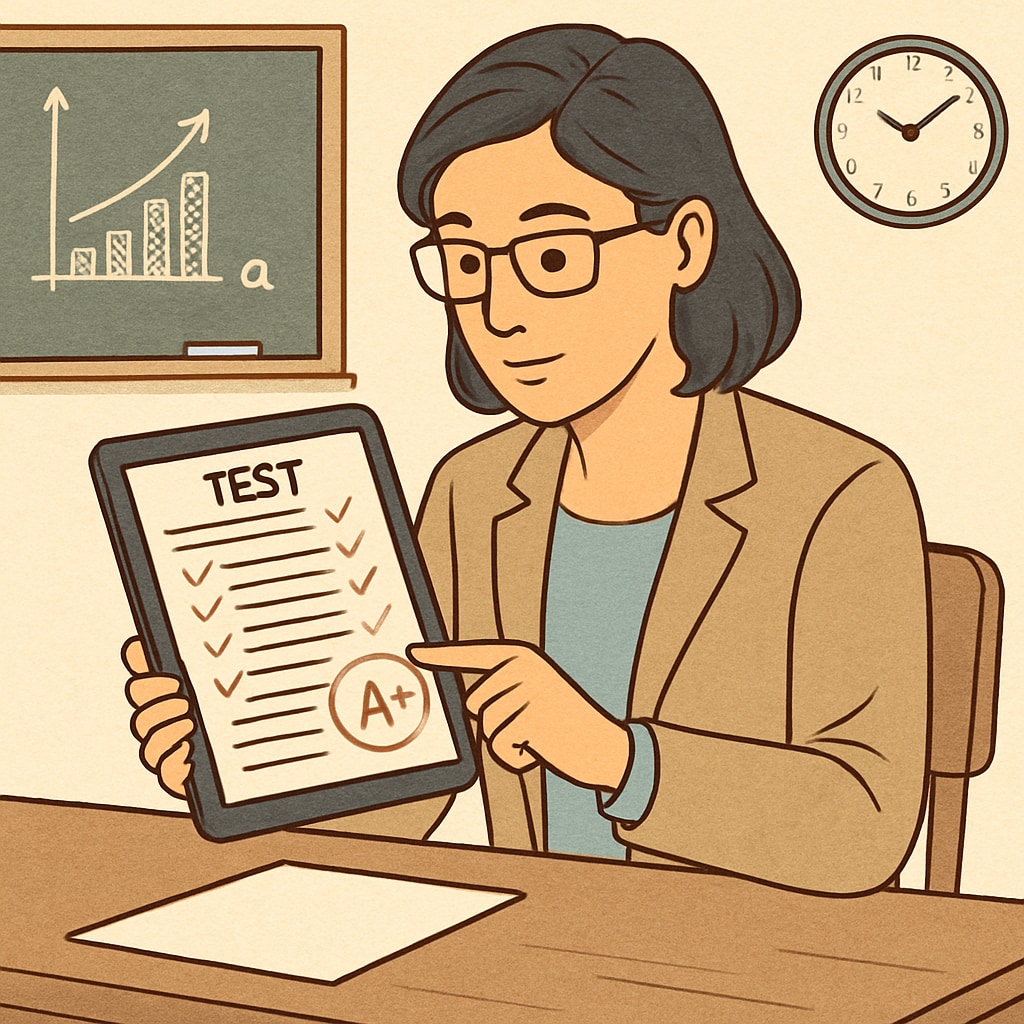In the realm of K12 education, finding and utilizing high-quality test resources is essential for assessing student learning outcomes and refining teaching strategies. With the right tools, educators can foster a more personalized and effective learning environment, ensuring that every student has the opportunity to succeed. This article delves into the characteristics of high-quality tests, offers practical tips for resource discovery, and provides strategies to seamlessly integrate these tools into classroom practice.
What Makes a Test Resource High-Quality?
Before diving into where to find test resources, it is important to understand what constitutes a high-quality test. Effective test resources share several key characteristics:
- Alignment with curriculum standards: Tests should be closely tied to national or regional educational standards to ensure relevance.
- Reliability and validity: A reliable test consistently measures what it claims to assess, while validity ensures the test accurately measures student knowledge or skills.
- Adaptability: High-quality tests offer flexibility to accommodate diverse learning needs and levels.
- Actionable feedback: Tests should provide clear insights that help teachers adjust their teaching strategies.
For example, using adaptive assessments like those offered by tools such as MAP Growth can help educators pinpoint individual learning gaps while tailoring instruction accordingly.

Where to Find Reliable Test Resources?
Fortunately, there are a variety of avenues for discovering top-notch test resources for K12 education. Below are a few recommended channels:
- Educational platforms: Websites such as Britannica and Khan Academy offer free and premium testing materials tailored to different grade levels.
- Publisher tools: Many textbook publishers provide supplementary test banks aligned with their learning materials, helping teachers create assessments that match their instructional goals.
- Professional organizations: Groups like the National Council of Teachers of Mathematics (NCTM) offer subject-specific testing resources.
- Peer recommendations: Joining educator forums and communities can provide valuable insights into tried-and-tested tools.
These sources not only help teachers save time but also ensure the quality and reliability of the resources they incorporate into their classrooms.
Integrating Test Resources into Teaching Practices
Finding test resources is only half the battle; successfully integrating them into teaching practices is equally crucial. Here are some strategies to make the most of these tools:
- Pre-assessment for planning: Use formative tests at the start of a unit to gauge student knowledge and tailor lesson plans.
- Regular check-ins: Utilize quick quizzes or exit tickets to monitor ongoing progress.
- Review and reteach: Analyze test results to identify areas where students struggle and provide targeted interventions.
- Encourage student involvement: Allow students to self-assess using rubrics or peer review systems to build ownership of their learning.
By incorporating these strategies, teachers can create a dynamic and responsive classroom environment that prioritizes student growth.

Final Thoughts: Empowering Education Through Precision
In conclusion, the ability to find and integrate high-quality test resources in K12 education is a vital skill for teachers aiming to enhance student outcomes. By understanding the characteristics of effective tests, exploring reliable sources, and applying strategic integration methods, educators can ensure their teaching is both impactful and adaptive. As a result, students benefit from a more tailored learning experience and are better equipped to achieve academic success.
For educators looking to deepen their understanding of assessments or explore new tools, resources like Wikipedia’s overview of standardized testing offer valuable insights into the principles and practices that shape modern education.
Readability guidance: Keep sentences concise and paragraphs short. Use lists to summarize key points and incorporate transitional phrases to maintain flow.


